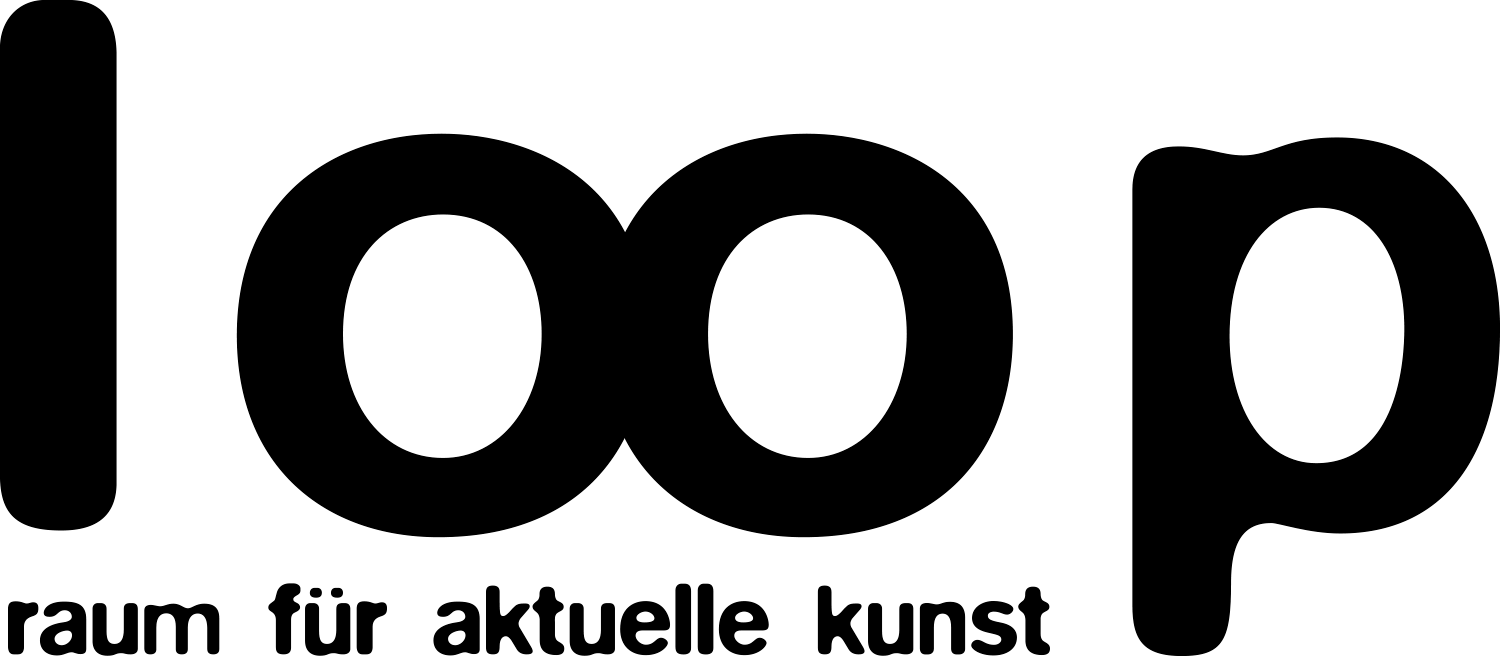Form Follows Dysfunction
Form Follows Dysfunction
Fatima Deutscheskind
Núria Fuster
Monika Goetz

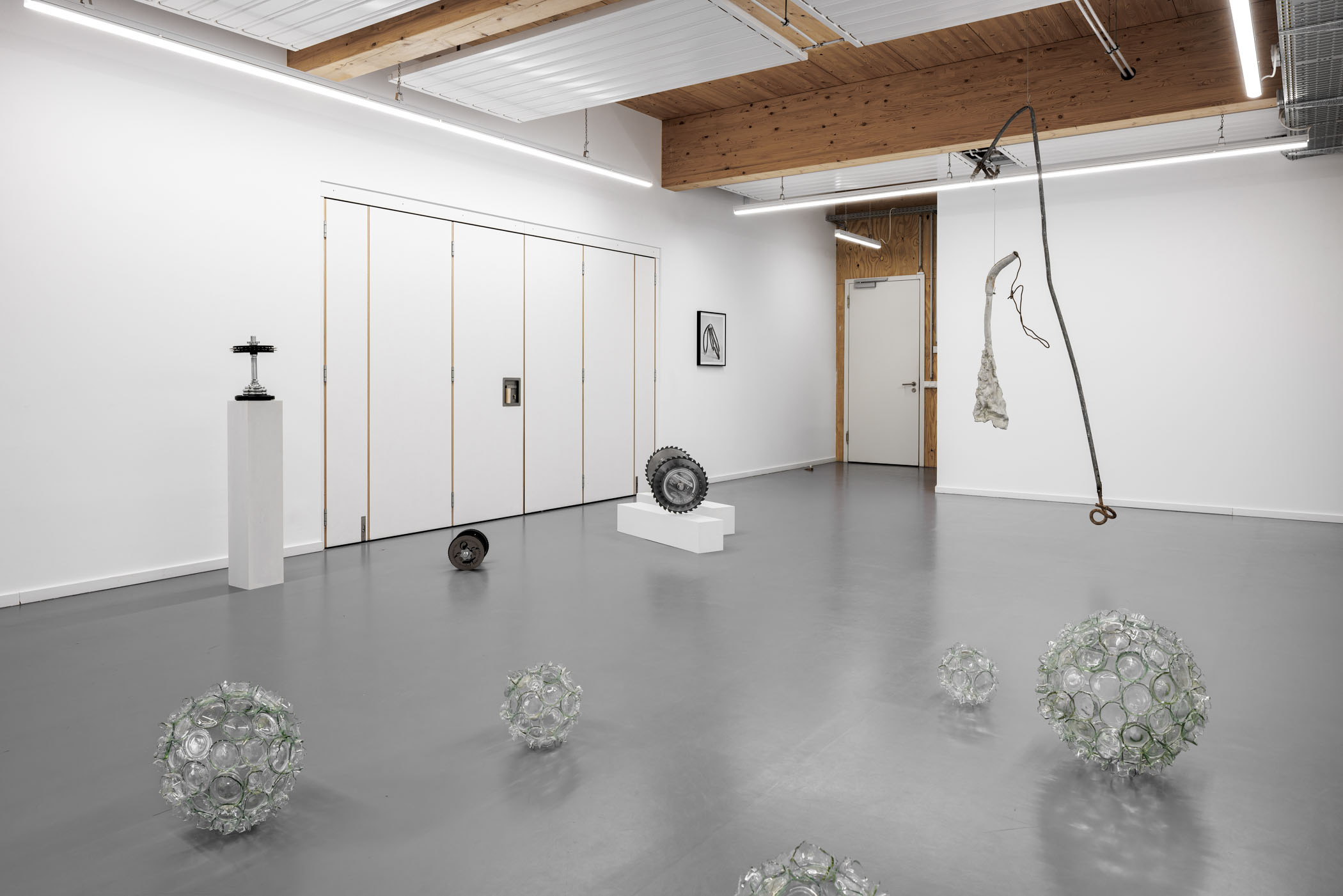
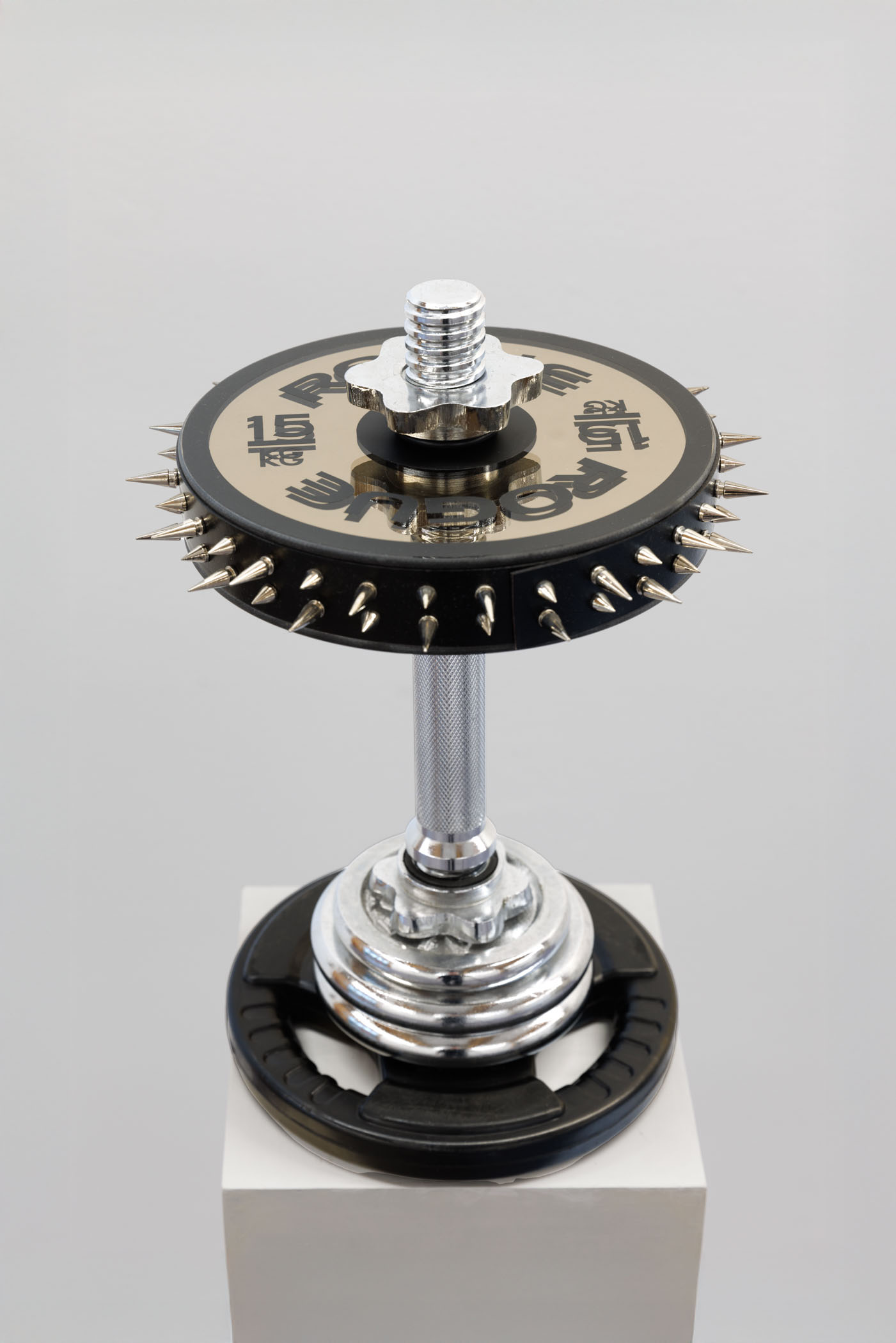




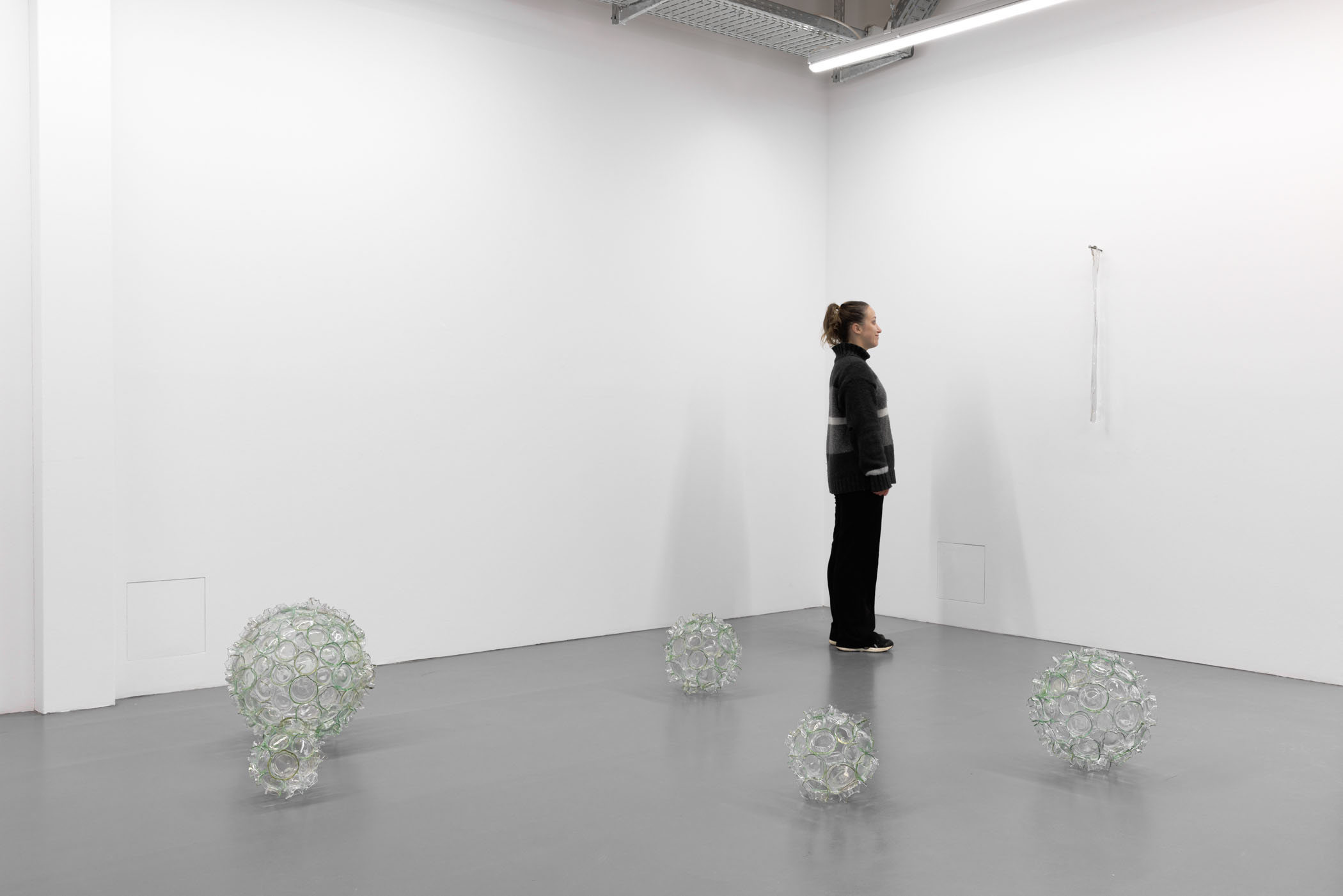

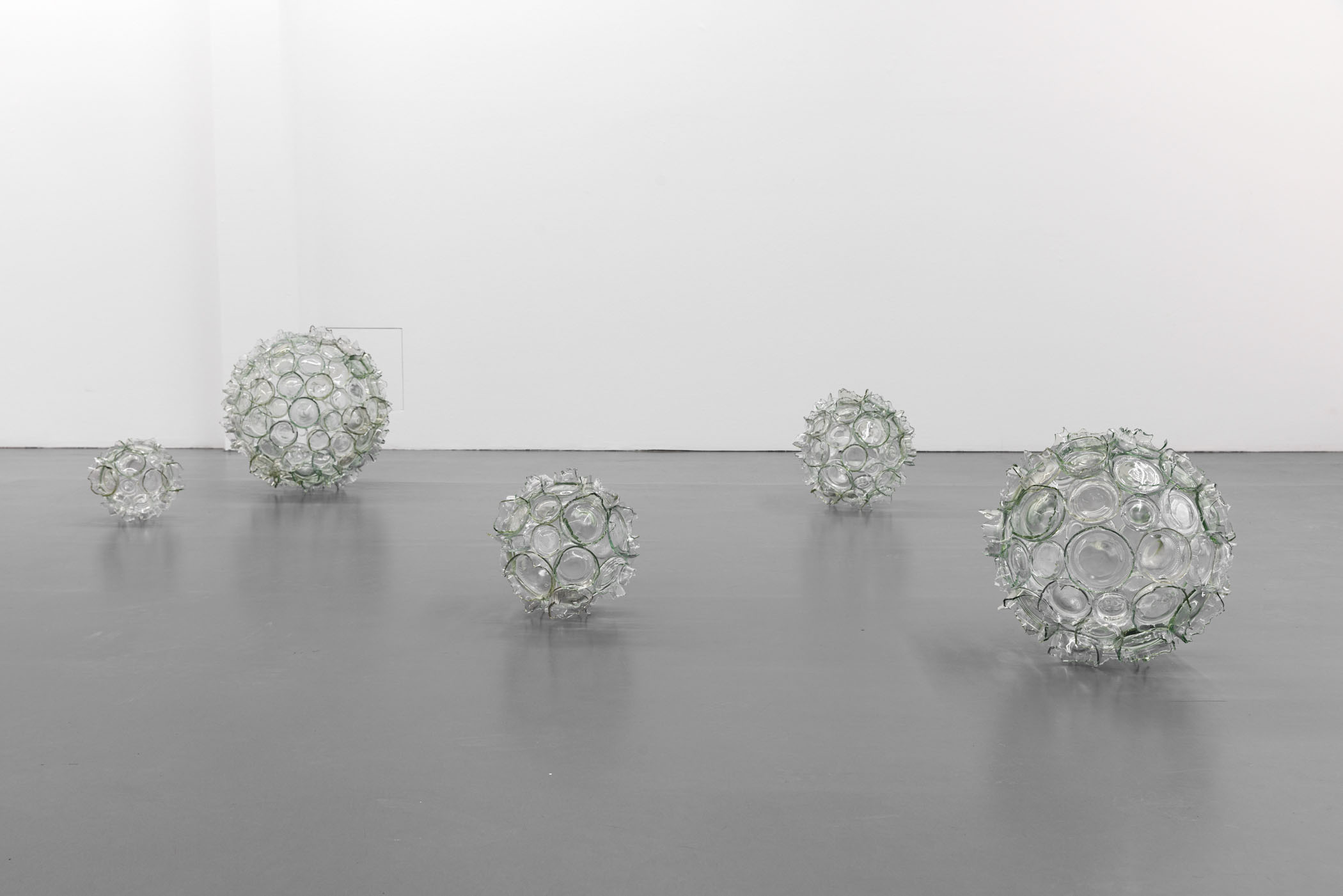
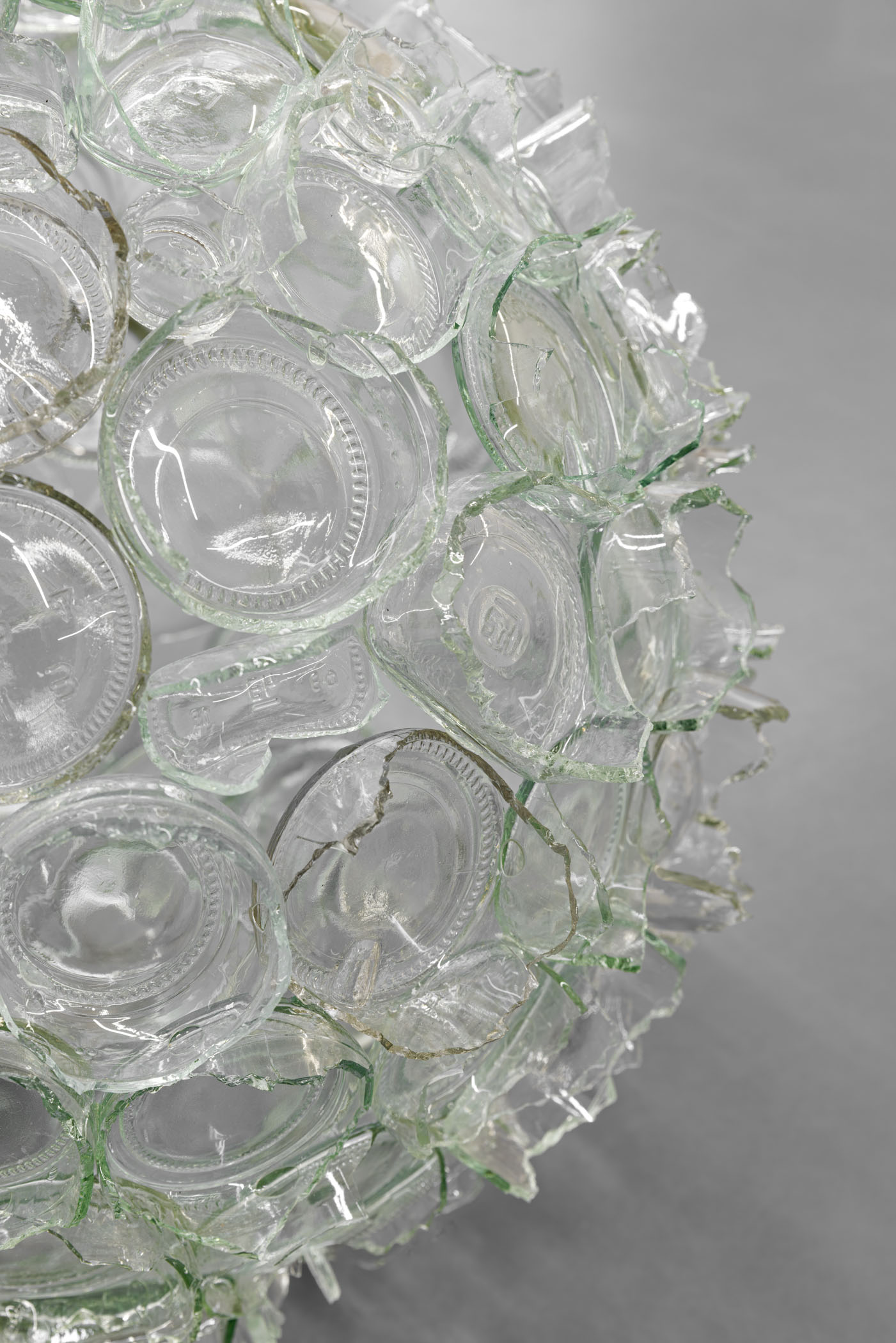
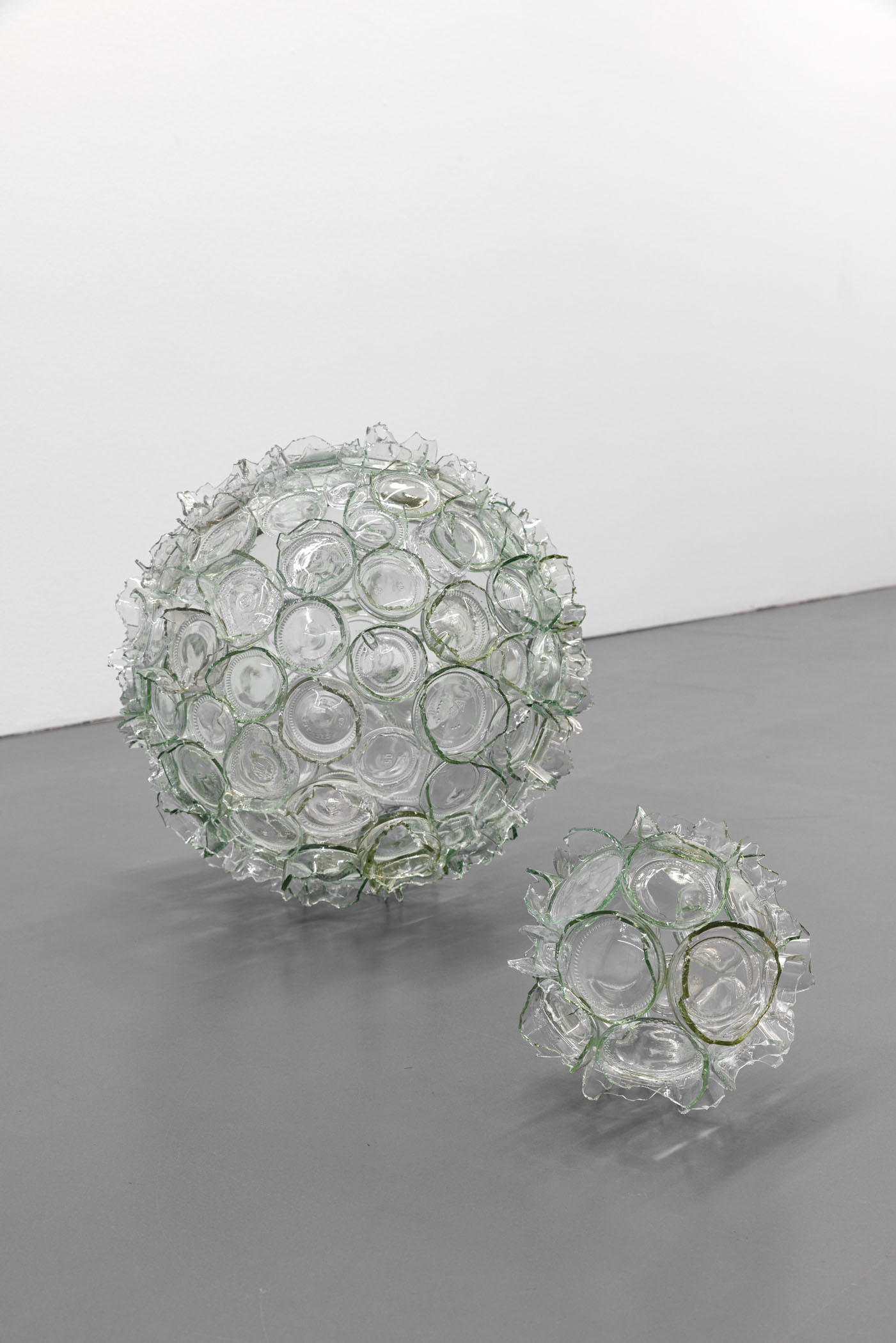
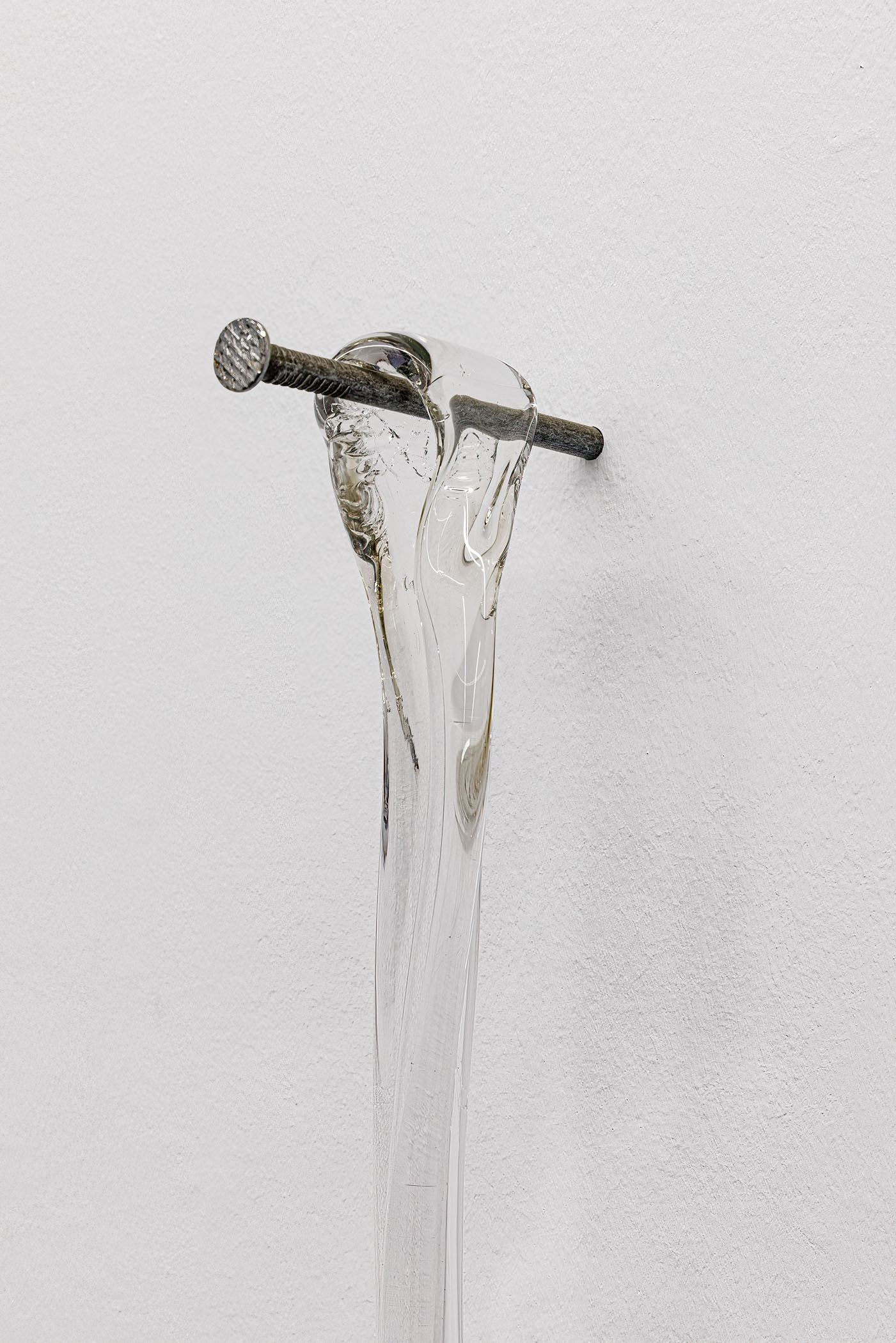
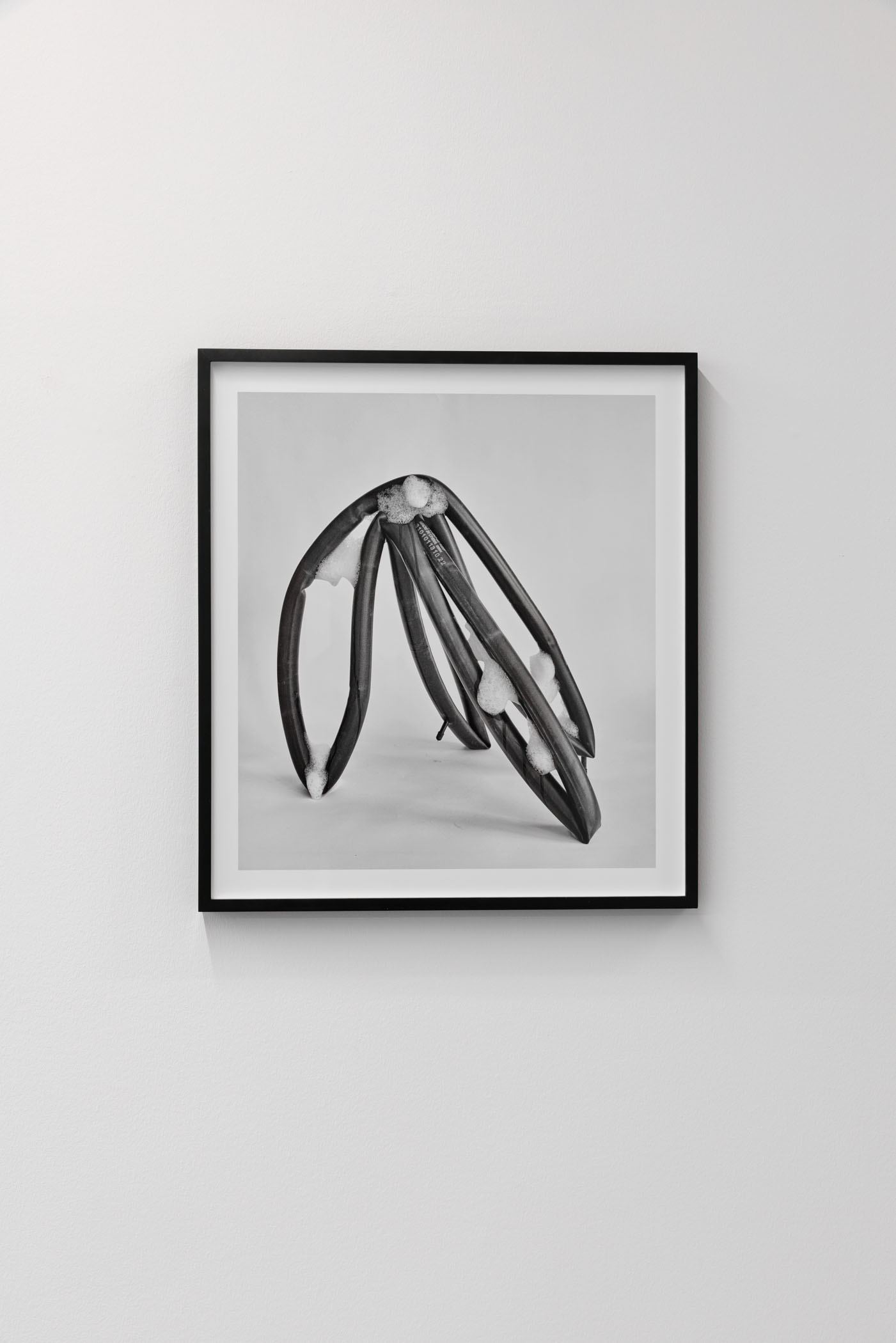
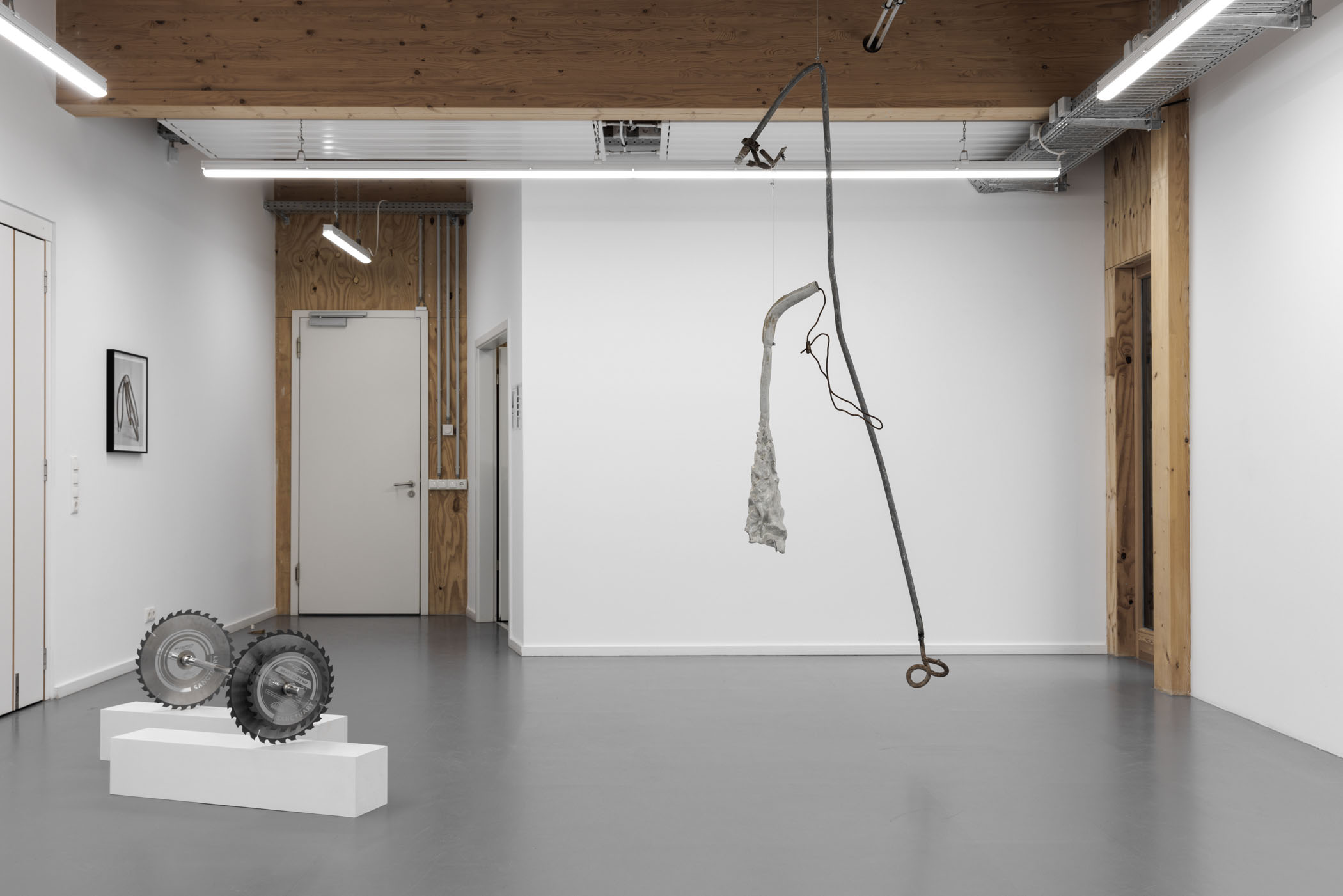

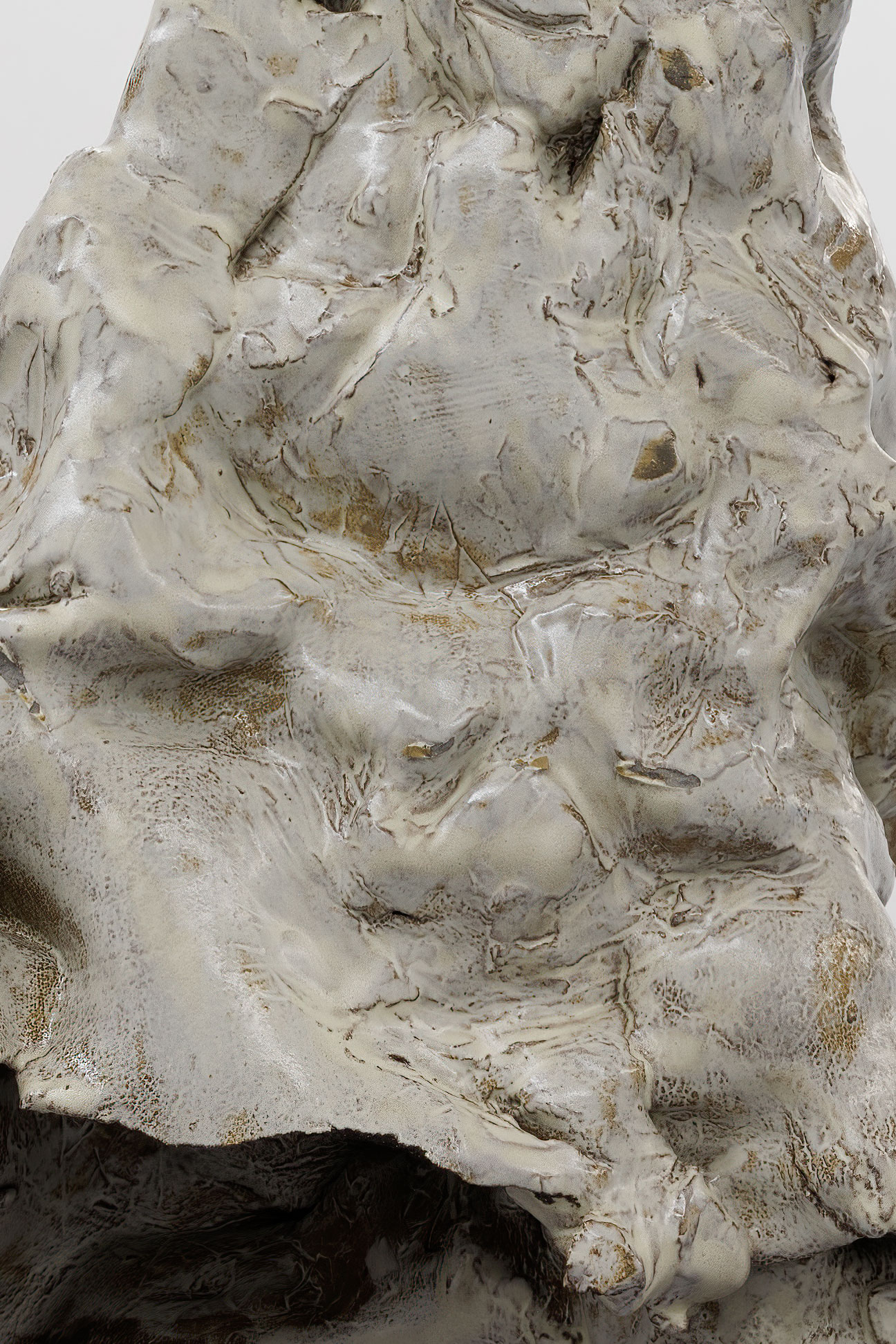

| The group exhibition “Form Follows Dysfunction” at “B-Part Exhibition” focuses on forms of the fragile, the imperfect and the over-perfect, on the formerly functioning and the formerly only supposedly functioning. Using works by three artists, the exhibition shows sculptural forms of the dysfunctional that arise from failure, deformation and imperfection. imperfection. It heralds the new sculptural and spatial perspectives on materiality, structure and formal expression that can be found when chaos and deviation are recognized as creative forces of general exhaustion. This can be seen directly in Monika Goetz's work “Line, Exhausted”: the line, a basic form of artistic modernism, hangs limp, cold, as a glass rope on a nail on the wall - a “Cold Pastoral” (John Keats). The linearity of progressive promises for the future has given way to an aesthetic of a (not only) gravity-induced compulsive hang loose - with maximum transparency. In Goetz's work “Esperance” - an old expression for hope - which is also on display, an imaginary constellation spreads across the floor of the exhibition space (similarly fateful?). The stars consist - in the repetition of the round fractal - of broken bottle bottoms assembled into spheres. The surprisingly arranged product fragments made of the industrial material glass were deliberately left in their sharp-edged form to enhance their effect. Created back in 2016, the small floor sculptures also appear from today's perspective as embodiments of virus visualizations, as they have become part of our perception of biological (dys)functions since COVID-19 at the latest - perceptions that combine with knowledge in a similarly erratic way, like a determination read from the position of the stars. Fatima Deutscheskind's sculptures are also jagged: her sculpture series “Fine Commerce FDFC Sport Sanctuary Heavy Duty Workshop”, which has been constantly reassembled over the years and thereby modulates the title, reflects and exaggerates contemporary methods for optimizing body and mind. Martial design objects - high-end dumbbells equipped with sharp spikes, cutting saw blades and reflective mirror elements - unite the aesthetics of virtual splatter games with the world of virtuoso bodybuilding, the animated with the riveted. In the spectrums of fetish, pain and style, these sculptures combine questions about the functionalities of forms and the dysfunctionalities of bodies - and vice versa. Here, the flawless beauty of industrially manufactured products, doped by pop culture, digital surfaces and New Work paradigms, celebrates its functionless perfection. The hanging sculpture “Fleeing into the Undergrowth” by Núria Fuster tells a completely different story aesthetically, but is also made from existing, now processed material, from existing, now processed form. In her sculptural works, the artist devotes herself to an investigation of the material aspects of reality, taking up functional aesthetics and placing different materials in a dialog. “Fleeing into the Undergrowth” materializes a kind of ‘geo-effect’ a ‘material vitality’. The seemingly abstract concepts introduced by Fuster come closer when one learns that the metal used in the sculpture is made of pipes from a now demolished former Stasi building in Berlin-Hohenschönhausen. The applied clay element - glazed ceramic - functions here as a kind of “funnel” to reinforce the resonance of the rusty, rugged metal in the almost smooth surface. The selected works from Fuster's black and white photo series “Planetas gaseosos”, with the forms depicted on them, also tie in with the curves in the works of Goetz and Deutscheskind, but for good reason they are not sculptures, but rather documentations of ephemeral sculptures: although the photographed bicycle inner tubes, precariously draped into a spider-like structure, could possibly outlast such a time, the foam that partially clings to them makes the depicted work unexhibitable, as it is almost past. By documenting this state, Fuster reminds us that every form has its time.
|
